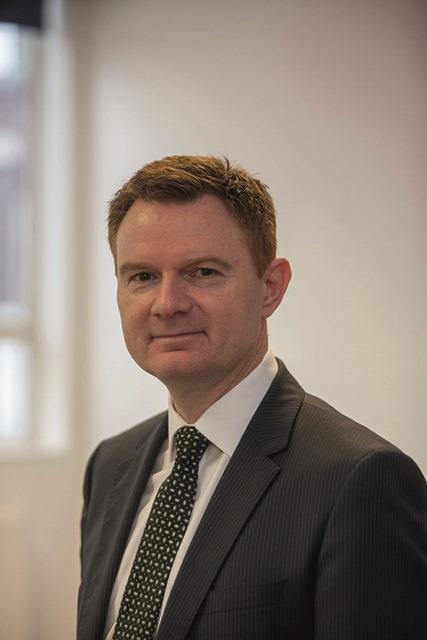
From April 2019 the world’s first Ultra Low Emission Zone (ULEZ) will come into effect in central London, with an extended north-south ULEZ announced for 2021.
At CitySprint, we believe the introduction of government initiatives such as the T-charge and the ULEZ are necessary steps in combating urban pollution – and we anticipate that other cities will follow suit. The logistics industry has long understood its effect on the environment; it can no longer afford not to take practical steps to mitigate this.
It’s essential that logistics companies start evaluating the structure of their supply chain and take a serious look at the types of vehicles that they use. Fleet managers need to invest in smart technology that improves efficiency, reduces wasted journeys, and allocates the right vehicles in low-emission zones.
Electric vehicles are becoming increasingly viable for deliveries in cities. And the introduction of hydrogen vans, which can travel up to 200 miles, is a potential game-changer for long-haul deliveries. But it is just one alternative and still limitations, so cannot be seen as the perfect solution.
While courier and logistics companies like us are already thinking about ways to adapt fleets to meet ULEZ standards, more needs to be done by the government and TfL to support businesses facing these challenges. One of the biggest barriers preventing the adoption of hydrogen and electric vehicles has been the lack of infrastructure to support them.
Charging and fuelling stations are few and far between on the high street, with just five stations for refuelling hydrogen vans. Even with the best intentions, deploying zero-emissions vehicles at scale will be an operational challenge unless we see further investment in the infrastructure needed to make low-emission zones a reality.














